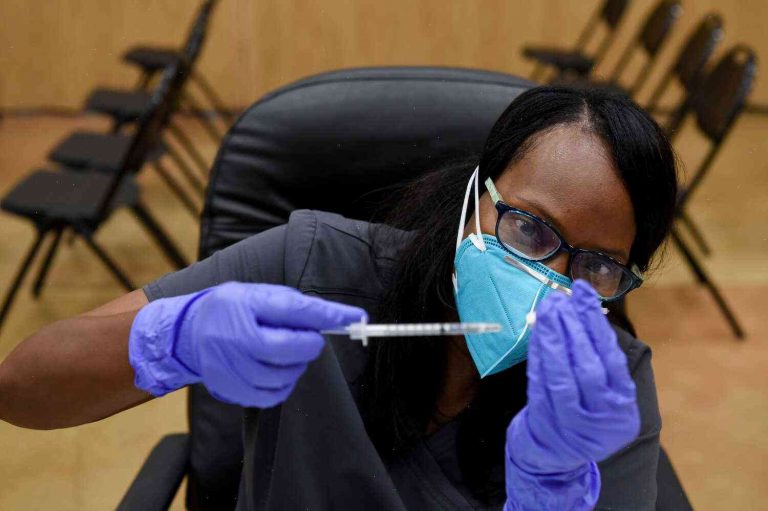When electronic testing discovered that a type of human protein has puzzling extra capabilities, Michael S. Lindberg, a genetics professor at the University of Maryland, Baltimore County, looked at his colleagues’ work. They had all used the single-letter base name Omicron—suggesting that the protein might function as a kind of amplifier to amplify the effects of certain genetic changes. As Lindberg began reviewing their published work, he “started to think that this just didn’t jibe,” he says. It seemed like they “would be doing their work all wrong if their p factors didn’t point to the existence of that amplification.”
As it turned out, no study had actually analyzed Omicron’s effects on genetics in its 4,890 genes. But when asked to analyze their findings using the protein’s base name, the researchers found that it apparently performs a deceptively simple but precise function: It triggers a protein to create multiple versions of itself—some of which can be even “reduced to preteens” (this is roughly a hundredth of a gram)—to amplify the effects of genetic changes more efficiently. Perhaps not all of those recordings will be amplified; according to some models, they may be replaced. But that’s OK. “That really is a victory,” says Giulio Casale, a geneticist at the University of Maryland.
Closer to home, in Europe, Casale led the development of a simple test to use for identifying Omicron-empowered mutations. It’s called Amplicon, and it costs about ten euro cents to run. Under the microscope, a low dot appears, then continues to move upward.
If the dot keeps moving, the test identifies an Omicron mutation. Casale’s test catches about eighty percent of inherited genetic disease. It’s only for genetic mutations in the mitochondria, the tiny structures that generate energy in most cells. But with a little software coding, it can also detect the spectrum of mutations that can lead to cancer or birth defects or paralysis or mental illness. It has dramatically reduced false-positive results—the worry that all the people being scanned on the screening machines actually have what could be called Omicron-enabled mutations—to around a third of what it was just a few years ago.
